Azouz Manachou
Advisor: Lisa Landrum
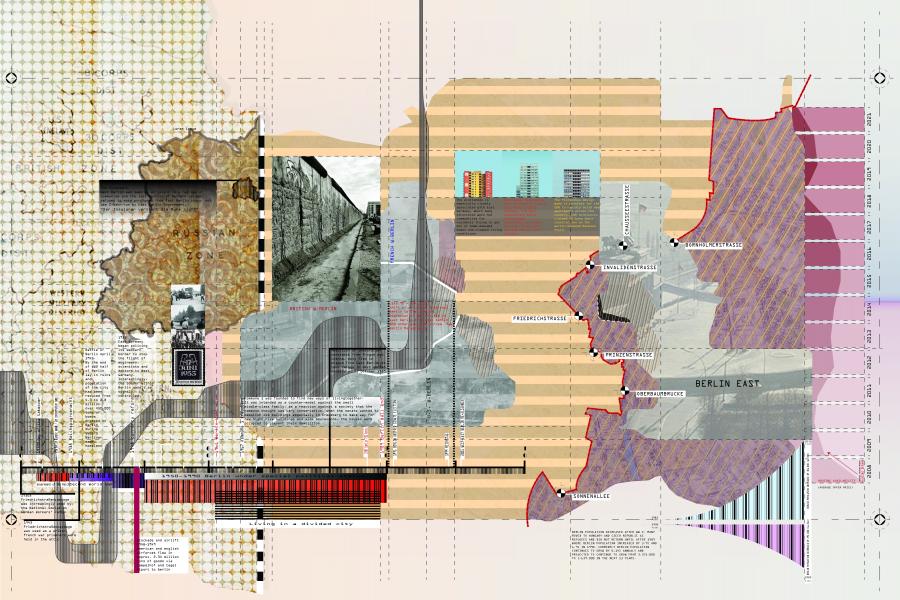
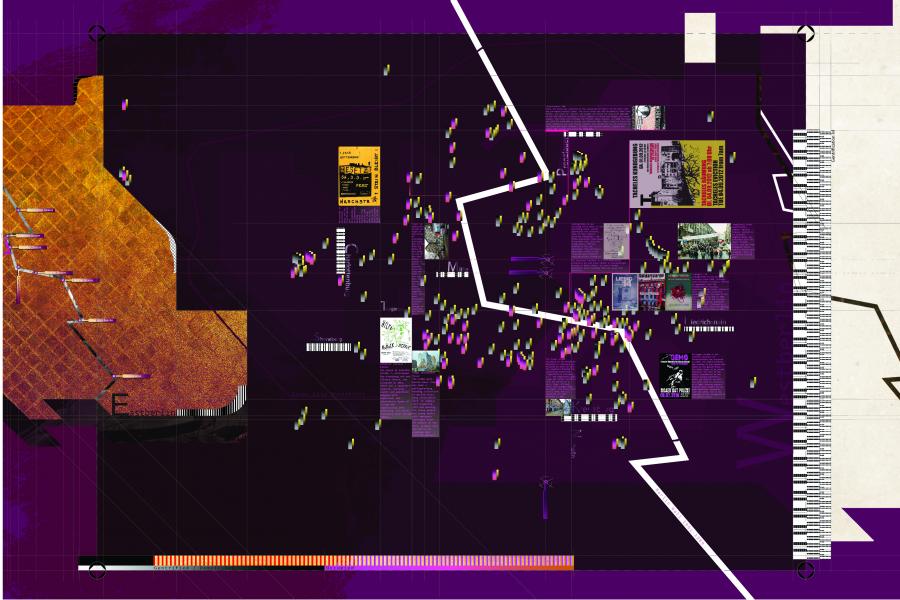
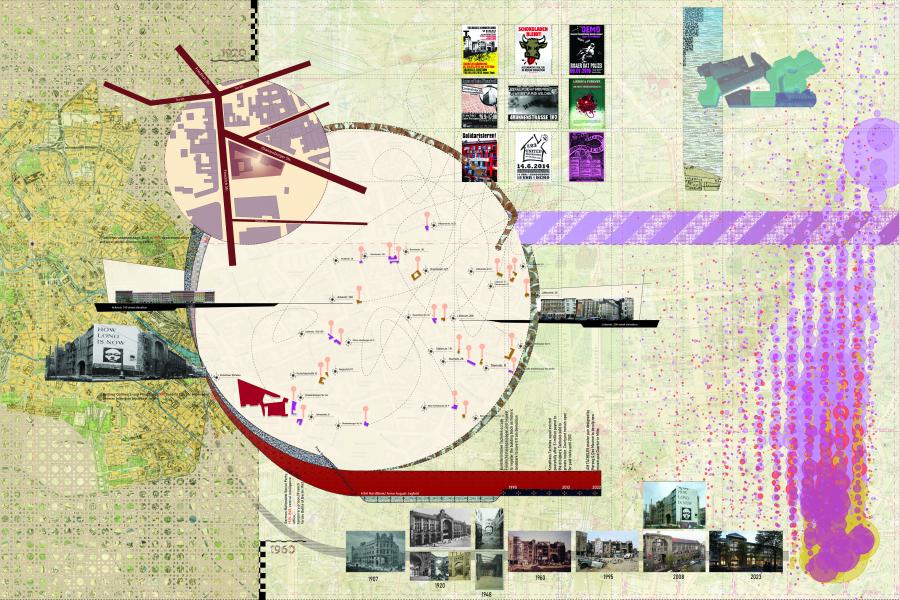
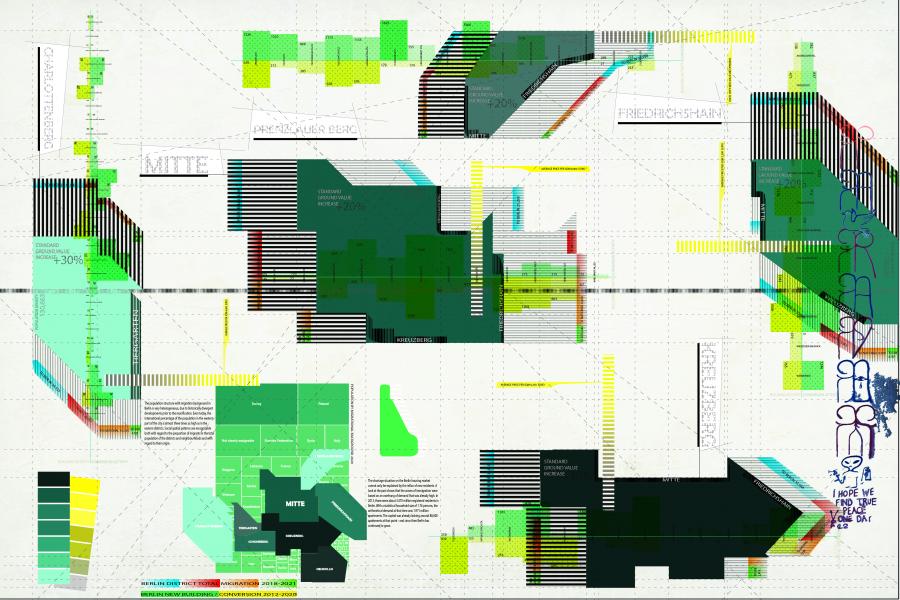
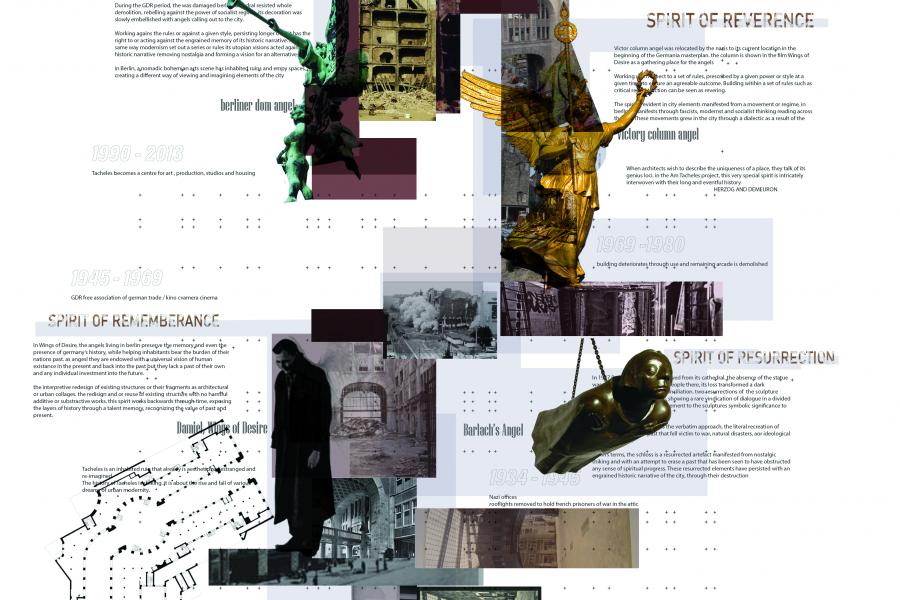
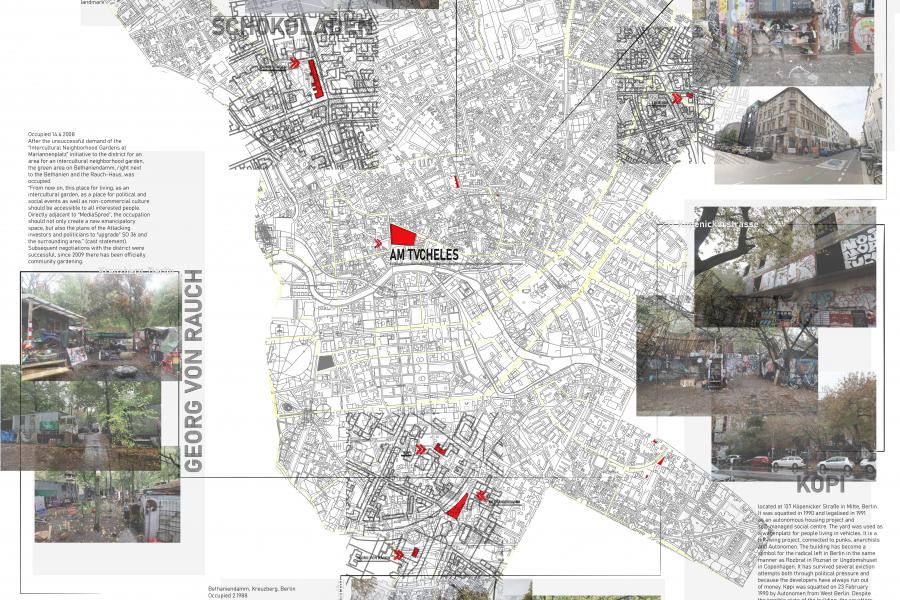
STRAIGHT TALKING
Spatial politics and architectures of squatting in Berlin
Schwarzwohnen means “illegal living.” The practice can be traced to the occupation of a small apartment block in 1967 on Kleine Marktstraße in the East German city of Halle. Schwarzwohnen was not a marginal phenomenon. Thousands of citizens lived “illegally” in vacated buildings in the 1970-80s in the German Democratic Republic, also known as East Germany. AM Kunsthaus Tacheles was celebrated as one of the most culturally significant squatter houses and alternative art centres in Berlin until it was vacated in 2012. Originally a grand 1902 department store, Tacheles, Yiddish for “straight talking,” was named by a group of Jewish artists who occupied the building after the fall of Berlin Wall in 1989. Due to the subsequent rise of interest in real estate and gentrification, many squatter houses were threatened by demolition. In 2013, the Tacheles was finally vacated after a 20-year battle for ownership with the artists in residence. Today the site has been rebuilt as luxury residences (completed in 2022). Only a small part of the original 1902 building remains, and the art works have been either demolished or moved to paid-entry galleries. The destruction of Tacheles represents a significant loss of city history and an erasure of many years and layers of artists’ work and culture.
This thesis engages the existential battle over Tacheles. The project investigates tensions between the generic gentrified structure and the free space of the Berlin subculture that is battling for survival and trying to reclaim its original footprint. The design research creatively maps the complex history of the site and looks at strategies of cultural conservation that could save Tacheles in a way that celebrates the site’s historic significance while supporting new multi-cultural artistic communities.
Elaborating the relationships between state, owner and squatter in allegorical ways, the thesis develops a narrative through which art squatters reclaim the site and, over time, transform it, from the inside out. The narrative projects 100 years into the future, mirroring 100 years of the site’s past, with the aim of regaining the lost culture and reinventing a spatial politics and architecture of squatting.
